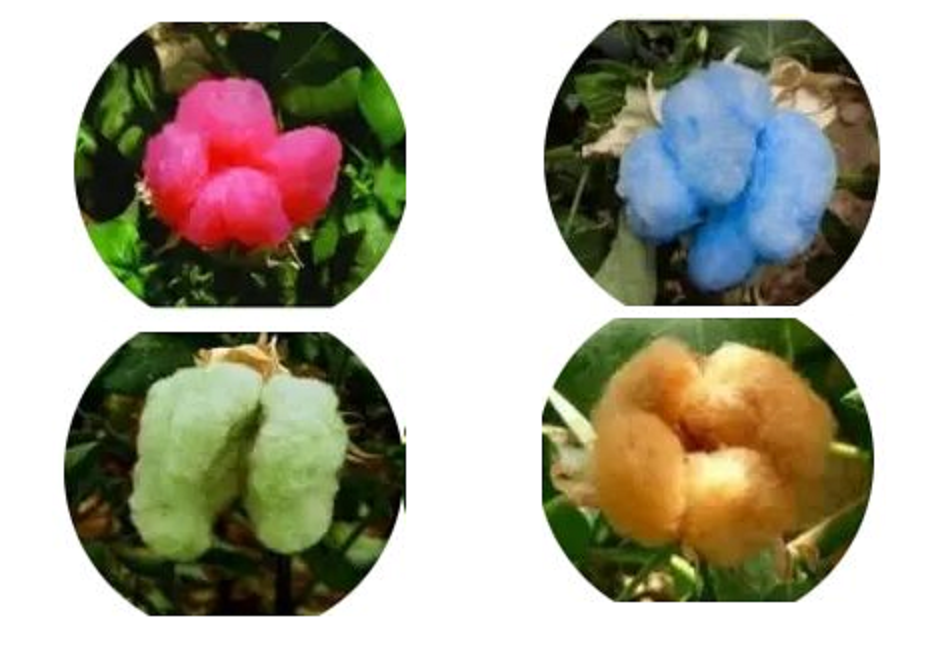Following are the major textile trends in Heimtextil 2024.
New Sensitivity
- New Sensitivity is the overarching trend theme for the Heimtextil 2024 and is based on the Sustainable Development Goals (SDGs) of the United Nations. It is about showing consideration, empathy, and respect, and considering the impact when making a decision or creating a product.
Plant-based textiles
- These textiles are made from plant materials and are considered more sustainable and environmentally friendly
- These include: textiles made from plant crops or plant by-products
- Examples of plant crops include textiles made from cactus, hemp, jute, sisal, flax, abaca, seaweed, and natural rubber plant, etc.
- Examples of plant by-products include textiles made from by-products of banana, olive, persimmon, and hemp
- Sustainable advantage is due to their natural origin and biodegradability
- Cotton is one of the most commonly used plant-based textiles due to its versatility and comfort. Better alternatives to conventional cotton include, organic cotton, BCI cotton, regenerative cotton, recycled cotton etc.
- Hemp, is known for its durability and resistance to mold and ultraviolet light.
- Flax is used to produce linen, a textile valued for its lightness and breathability, especially in hot climates.
- Bamboo textiles are soft, breathable, and have excellent wicking properties
Technological textiles
- Technological textiles refer to textiles that are created using advanced technology and innovative processes to enhance their functionality and sustainability.
- These textiles can have various properties, such as being water-resistant, fire-resistant, stain-resistant, or having temperature control capabilities, etc.
- Technological textiles may also be based on Upcycling and recycling of textiles, and innovative textile construction techniques.
- Upcycling and recycling involves repurposing or reprocessing used textiles into new products or materials. This not only reduces the amount of textile waste but also decreases the demand for new textile production.
- Traditional textile construction techniques can offer sustainable solutions. For example, using knitting technology instead of weaving for furniture upholstery can result in less fabric waste.
- The weaving technique allows for the creation of multiple colors using only a few colored yarns. This can lead to more efficient use of resources and less waste.
- Textile Design Thinking is another method that addresses critical issues such as energy usage and durability of natural fibers. It enhances these aspects through technological advancements in textiles. For instance, it can lead to the development of textiles that are more energy-efficient or made from more durable natural fibers.
- Suntex is a light, woven fabric that can generate solar power. It’s made by Studio Pauline van Dongen and Tentech. This new fabric can be used in structures like tents, shades, and building facades to generate solar energy while also providing shade from the sun.
- Sheworks Atelier is a Textile Design Studio that focuses on creatively reusing textiles. They take excess and waste textiles and turn them into unique design products and textile surfaces. All their products are made in Denmark by women who are not fully integrated into the Danish job market.
- Knit to Sit is a project by the Center for Sustainable Textile Production at VIA University College. They are exploring how knitting technology can be used for upholstery (furniture coverings) in a more sustainable way than weaving.
Bio-engineered textiles
- Bio-engineered textiles are textiles that are engineered using biological processes and materials, offering a new level of sustainability and innovation in the textile industry.
- These textiles can be created using bio-fabrication processes, where living organisms like bacteria, yeast, or algae are used to produce fibers. One example of a bio-engineered textile is a textile made from mycelium, the root structure of mushrooms. This material is grown in a controlled environment and can be harvested and processed into a leather-like material. This process is more sustainable than traditional leather production, as it uses less water and produces fewer greenhouse gases
- Bio-engineered textiles can also be understood as a blend of plant-based and technological textiles.
- Bio-engineering combines nature and technology to change how textiles are made.
- There are two types of bio-engineered textiles: fully bio-engineered and biodegradable textiles.
- Fully bio-engineered textiles are made using nature-inspired methods. Instead of growing plants and extracting fibers, these textiles are made from proteins, carbohydrates, or bacteria found in corn, grass, and cane sugar.
- The manufacturing process involves a bio-molecular process that creates filaments, which are then made into yarn.
- Bio-engineered textiles are sustainable because they have similar functionalities as synthetically produced textiles but are biodegradable due to their natural origin.
- Biodegradable fibers can be added to conventional textiles like polyester to enhance their ability to biodegrade in natural environments such as water or soil. These bio-enhanced textiles may not completely biodegrade, but they can biodegrade up to 93% compared to conventional textiles.
Regenerative Design
- We’re in a climate crisis and need to think about more than just sustainability.
- Regenerative design is a new approach that aims to restore and renew resources, not just conserve them.
- This approach is important for textiles and materials, which can cause a lot of harm to the environment.
- Current sustainability efforts aren’t enough to address the environmental crisis.
- Regenerative design aims to have a positive impact on the environment and help communities thrive.
These trends emphasize the importance of sustainability, environmental impact, and innovative approaches to textile production. They showcase how the textile industry is evolving to address critical issues such as climate change, biodiversity, and resource management while maintaining a focus on design, functionality, and aesthetics



